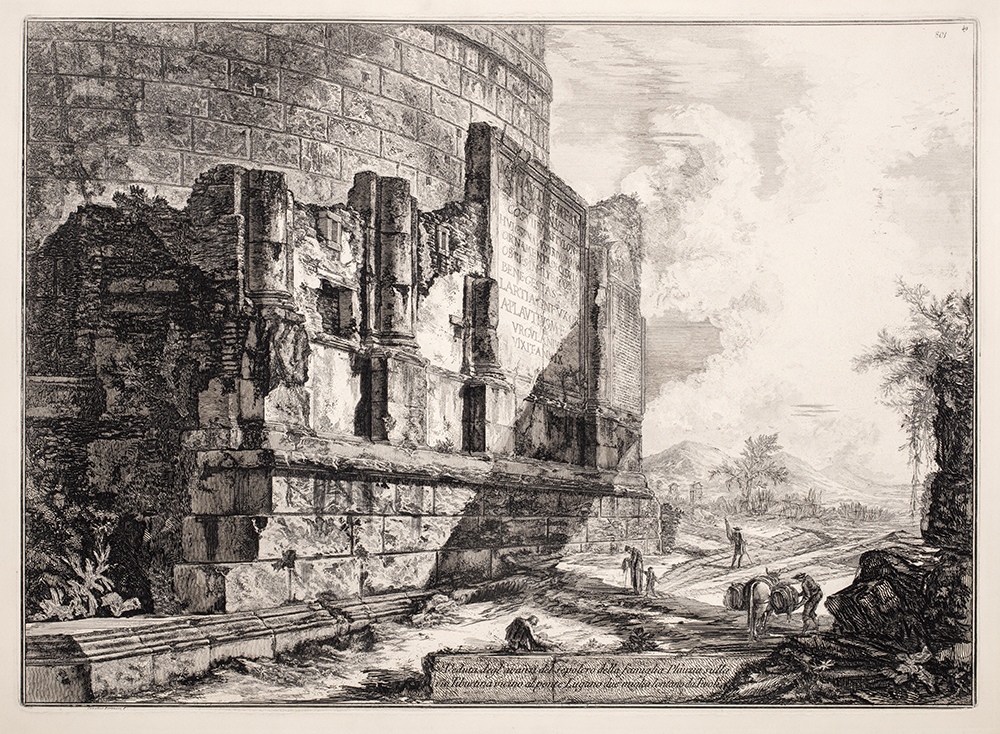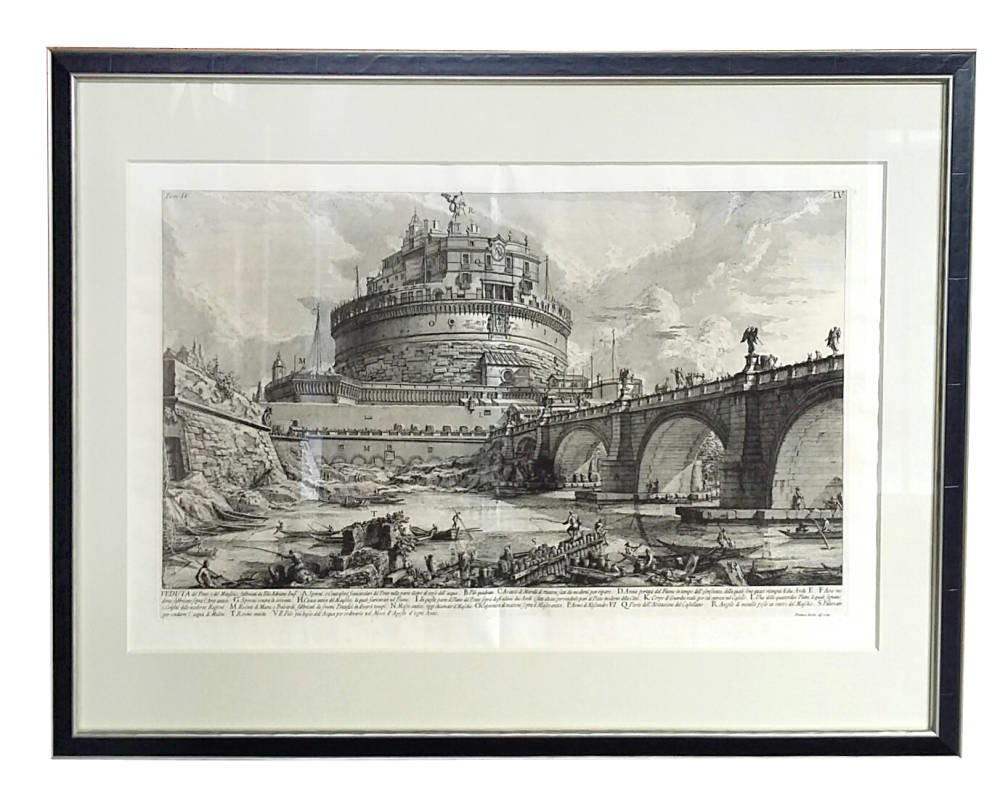
A trait reflecting his belief in a creative attitude towards the use of antique sources. Piranesi’s work as a designer is characterised by a highly imaginative eclecticism of style. The Carceri d’Invenzione – which first appeared in the 1740’s.
Giovanni battista piranesi prints series#
These architectonic/scenographic concerns found heightened and highly personal expression in Piranesi’s series of fantastic prison interiors.

and his training in stage design which cultivated a sensitivity to effects of light and great skill in both linear and atmospheric perspective.his training in engineering and stone construction which helped engender an appreciation of the effects of massive masonry.Two aspects of Piranesi’s Venetian background were key to the enabling of this vision: His Vedute however, executed from about 1748 until the end of his life transcended mere topographical accuracy and became a heroic and tragic vision to the power of Roman architecture. When Piranesi first arrived in Rome in 1740 there was an already established market for views of the city as Grand Tour souvenirs. While its influence spread across Europe, it was most eagerly studied in England, where it led in 1757 to Piranesi’s election as an Honorary Fellow of the Society of Antiquaries.Ī fine, early, lifetime edition. Piranesi’s studies of the antiquities of Rome were one of the great archaeological works of its era, appealing both to the architects and designers of the day as well as to the students of the past. The strong light affects and the tiny figures of tourists, peasants, and goats. His crumbling masonry given weight and grandeur by the low viewpoints.

While the tombs, their occupants and their builders are mostly unknown, these plates are among Piranesi’s most romantic views. The Antichita illustrate the tombs along the Appian Way and similar areas outside the city. Throughout his career, he focused on etchings of Rome, and the Grinnell College Museum of Art has several of these in our collection. The results of Piranesi’s comprehensive research were presented in the four volumes of the Antichità Romane (1756). Piranesi spent his first few years in Rome measuring and sketching ancient architectural sites. Antichita Romana Tom Iv P XXXIX – Giovanni Battista Piranesi Printsįirst Edition, published by Bouchard and Gravier, Rome 1756 – Giovanni Battista Piranesi Prints


 0 kommentar(er)
0 kommentar(er)
